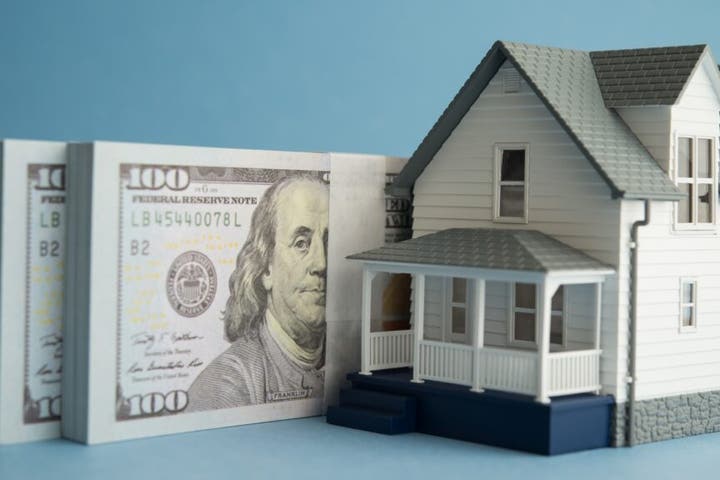
The average long-term U.S. mortgage rate has risen, marking the end of a five-week downward trend. Despite this increase, experts predict that mortgage rates will remain relatively stable in the coming months.
What Happened: The average rate for a 30-year U.S. mortgage increased to 6.72% from 6.67% last week, as reported by ABC News via mortgage buyer Freddie Mac (OTC:FMCC).
This increase follows five consecutive weeks of falling borrowing costs for homebuyers. The average rate on 15-year fixed-rate mortgages, a popular choice for homeowners looking to refinance, also rose to 5.86% from 5.80%.
The housing market has been slow since 2022, when mortgage rates started climbing from their pandemic-era lows. Higher rates have made borrowing more expensive, reducing buyers' purchasing power and dampening home sales.
Mortgage rates are shaped by factors like the Federal Reserve's interest rate policies and investors' outlook on inflation and the economy.
See Also: XRP Breaks Above $2.40 For First Time Since May: How High Can It Go?
Economists largely anticipate that mortgage rates will remain steady shortly, with projections suggesting the average 30-year mortgage rate will stay between 6% and 7% throughout the year. The 10-year Treasury yield, a key benchmark lenders use to set mortgage rates, rose to 4.37% by midday Thursday, up from 4.34% late Wednesday.
“Mortgage rates may come down modestly over the coming months but other economic headwinds — including the impact of tariffs on the prices of consumer goods, weaker labor market conditions and rising consumer debt — could be what continue to hold the housing market in the second half of 2025," said chief economist at Bright MLS, Lisa Sturtevant.
Why It Matters: The rise in mortgage rates follows a period of significant volatility in the bond market. In April, mortgage rates spiked to 7.1%, their highest level in nearly two months, due to trade tariffs and economic surprises.
This led to a decline in home sales and mortgage applications, as high rates and economic uncertainty stifled demand.
It was also reported that home sales dropped sharply in March as high interest rates and economic uncertainty dampened demand at the start of the spring buying season. Sales of previously owned homes fell 5.9% from February to an annualized rate of 4.02 million, according to the National Association of Realtors.
Mortgage applications also plunged during the period.
Read Next:
Disclaimer: This content was partially produced with the help of AI tools and was reviewed and published by Benzinga editors.
Photo courtesy: Shutterstock







